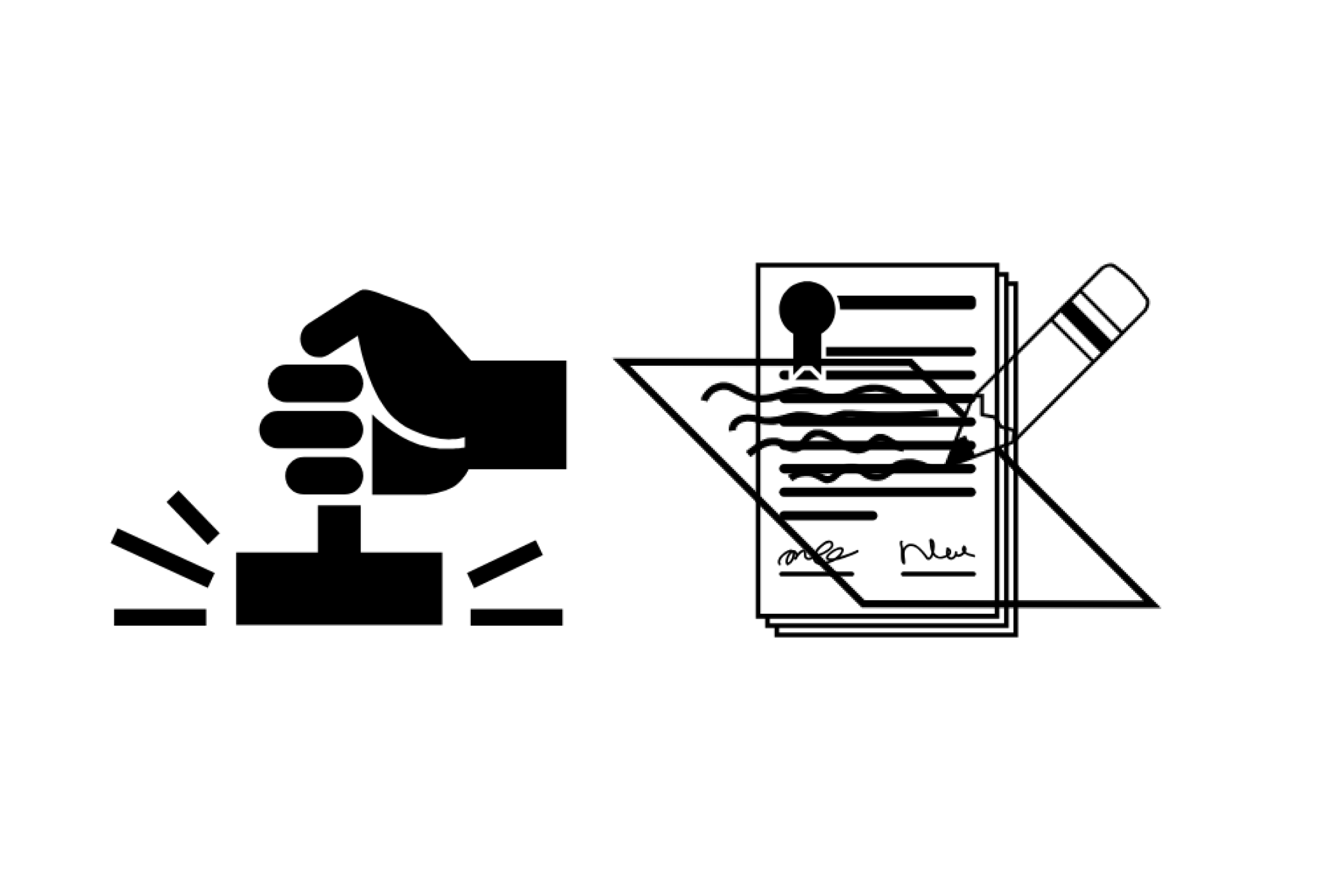World Expos categories
Panoramic view of the Cultural Center, China Pavilion, and Expo Axis at Expo 2010 Shanghai, a Registered International Exhibition. Photo: César Corona, © 2010,
World Expos Categories
Some years ago, a colleague and I collaborated editing World Expos articles for the Spanish version of Wikipedia. At some point, we had a discussion about how to characterize Expo 1992 Seville. The discussion reached a tense point where we just couldn't agree anymore: Was Expo 1992 Seville an International or Universal World Expo?
I argued that Expo 1992 Seville was BOTH International AND Universal, whereas my colleague argued that it was Universal, BUT NOT International.
I did some research to find answers, and eventually reached an interesting conclusion: Under official documentation by the Bureau International des Expositions (BIE), both my colleague and I were right; but at the same time, both my colleague and I were wrong. The issue was that, officially, both these sentences are true:
Expo 1992 Seville IS an International World Expo.
Expo 1992 Seville IS NOT an International World Expo.
Digging a bit deeper, I realized that within the BIE's official documentation, there are formal and informal ways to categorize World Expos.
Official Formal
Official Informal
Coexisting formal and informal official categories wasn't necessarily a problem. What caused confusion between my colleague and me was how these categorization systems were communicated:
The distinction between formal and informal categories isn't evident in most official documents.
In some cases, the BIE uses the same term in formal and informal categories, but with very different meanings (e.g. international, universal).
Official, Formal Categories
The Convention Relating to International Exhibitions (1928) is the most authoritative official document regarding World Expos. It is an international treaty ratified by 170 countries, and supervised by the Bureau International des Expositions (BIE), an intergovernmental organization headquartered in Paris, France.
The first three articles of the Convention are very important to understand World Expos, or more accurately, International Exhibitions: These articles define the terms exhibition and international, determine which exhibitions fall under the Convention's jurisdiction, and establish categories:
An exhibition is a manifestation whose main purpose is the education of the public. An exhibition is international when more than one country participates in it.
The Convention applies to all international exhibitions, with three exceptions: exhibitions lasting less than three weeks, fine arts exhibitions, and exhibitions that are essentially commercial.
Depending on the version of the Convention, an International Exhibition can be classified as:
General, First Category; General, Second Category; or Special (Original text)
Universal or Specialized (Protocol of 1972)
Registered or Recognized (Amendment of 1988)
Going back to the discussion I had with my colleague, in a formal framework World Expos can be both Universal and International, because Universal Exhibitions (article 3: category) are a subset of International Exhibitions (article 1: more than one participating country). Under this perspective, Expo 1992 Seville was international because 112 countries participated in it, and it was Universal because that was its category under the Convention as amended in 1972.
Official, Informal Categories
On March 17, 1997, the General Assembly of the BIE created a Work Group that provided recommendations on a variety of World Expo topics, including terms to be used for promotion and information purposes. The Work Group recommended the terms Universal or World Exhibition to refer to Registered Exhibitions, and the term International Exhibition to refer to Recognized Exhibitions (Piat, p. 330). Registered and Recognized are formal categories used since July 19, 1996.
In a section of its website, the BIE provides a slight variation of the Work Group's recommendation and explains that the term World Expos refers to General Exhibitions, and the term International Specialized Expos refers to Special Exhibitions. General and Special are formal categories used between January 17, 1931 and June 8, 1980.
To complicate the matter a bit more, the terms used informally by the BIE aren't consistent. In other sections of its website (World Expo and Specialized Expo), the BIE takes a different approach and explains that the term World Expos refers to International Registered, World, General First Category,General Second Category, and some Pre-BIE exhibitions; while the term Specialized refers to International Recognized, International Specialized, and Special exhibitions. Registered, General First Category, General Second Category, Recognized, Specialized, and Special are formal categories. World is an informal category. Universal is a formal category, but it wasn't included in this explanation.
As we can see, just two BIE official sources (Work Group and website) provided the following three informal categorization systems:
1. BIE Work Group
Universal/World Exhibitions
International Exhibitions
2. Website (Our History)
World Expos
International Specialized Exhibitions
3. Website (Expo Timeline)
World Expos
Specialized Expos
If we consider the discussion I had with my colleague under this framework, Expo 1992 Seville is a Universal Exhibition (category), but not an International Exhibition (category), because these categories are mutually exclusive.
We could also argue that Expo 1992 Seville is neither, because it is a World Exhibition (category) or World Expo (category).
When OFFICIAL, formal and informal categories coexist
People around the world have a very limited awareness and understanding of World Expos. When official formal and informal frameworks are used simultaneously, efforts to educate the public about the characteristics and value of these mega-events are negatively impacted.
Consider some possible answers to the questions below using official sources:
How many Universal Exhibitions have existed since the creation of the BIE?
Formally: 2 (Expos 1992 Seville and 2000 Hannover).
Informally: 12 (4 General, First Category; 4 General, Second Category; 2 Universal; and 2 Registered)
How many International Exhibitions have been held under BIE supervision?
Formally: 47 (All that have had more than one participating country)
Informally (BIE Work Group): 3 (Expos 2008 Zaragoza, 2012 Yeosu, and 2017 Astana).
Also informally (BIE Website): 34 (20 Special, 12 Specialized, and 2 Recognized).
Will Expo 2020 Dubai be the first World Expo held in the Middle East?
Formally: No, Expo 1953 Jerusalem and Expo 1956 Tel Aviv, both of them Special International Exhibitions, were held in the Middle East before Expo 2020 Dubai.
Informally: Yes, Expo 1953 Jerusalem and Expo 1956 Tel Aviv were International Exhibitions, not Universal or World Exhibitions.
Will Expo 2023 Buenos Aires be the first International Expo in Latin America?
Formally: No, Expo 1949 Port-Au Prince was the first, as a General Second Category International Exhibition.
Informally: Yes, Expo 1949 Port-Au-Prince was a Universal or World Exhibition, not an International Exhibition.
A solution: stick to Official, formal Categorization systems
The discussion my colleague and I had about Expo 1992 Seville happened to be one of our last collaborations. I believe both of us became increasingly frustrated, and each one of us decided, almost simultaneously, to take a break from editing World Expos articles in Wikipedia. I don’t know what path my colleague followed, but I continue to do projects in and around World Expos.
There is a need to make World Expos more easily understandable for the public, but this effort has to be done carefully to avoid further confusion. While we arrive to a better solution, for clarity, I suggest sticking to the official, formal categorization systems that the BIE has developed and that I briefly explain with the visualization tool below. The names of some of these categories aren’t user-friendly, but in this official, formal framework each World Expo can be localized in a mutually-exclusive and collectively-exhaustive category.
Before the creation of the Bureau International des Expositions (BIE), no official, international standard was successfully implemented to categorize World Expos. The Convention Relating to International Exhibitions (1928) established an internationally-agreed official categorization system that entered into force in 1931, and has been modified twice. I call these four categorization frameworks Pre-BIE, First, Second, and Third Systems.
Since the creation of the BIE, categories are determined essentially by four characteristics: theme specificity, participants' opportunity to build their own pavilion, duration, and spacing between exhibitions.
The interactive box below has a list and map of World Expos by categorization system and formal, official category. Select between the categorization systems and categories, and hover over the symbols on the map to learn more about specific World Expos.
Thank you for reading! Please comment!
Thank you for reading my blog! Please send me your comments, questions, suggestions, or just start a conversation through the comments box below or the Contact section.
Panoramic view of Expo 2012 Yeosu from the Sky Tower's observation deck. Expo 2012 Yeosu was a Recognized International Exhibition. Photo: © 2012, César Corona
References
Convention Relating to International Exhibitions. [Acrobat PDF]. Bureau International des Expositions. Paris. [Accessed: September 16, 2018]. URL: https://www.bie-paris.org/site/images/stories/files/BIE_Convention_eng.pdf
Our history. Bureau International des Expositions. Paris. [Accessed: September 16, 2018]. URL: https://www.bie-paris.org/site/en/about-the-bie/our-history
PIAT, CHARLES. Les expositions relevant du Bureau International des Expositions (BIE). Bureau International des Expositions; Centre Français du Commerce Extérieur. Paris. 2001.
Specialized Expo. Bureau International des Expositions. Paris. [Accessed: September 16, 2018]. URL: https://www.bie-paris.org/site/en/all-specialised-expos
World Expo. Bureau International des Expositions. Paris. [Accessed: September 16, 2018]. URL: https://www.bie-paris.org/site/en/expo-timeline/expo-timeline-world-expo






